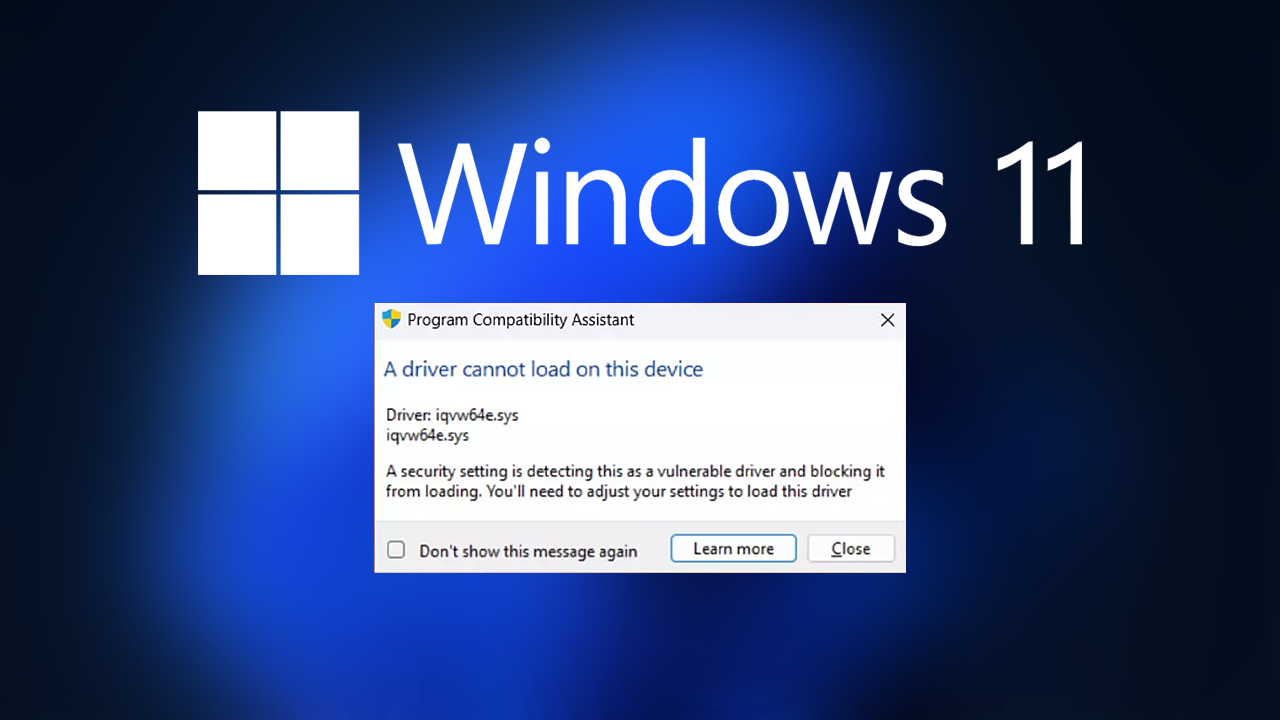What is 127.0.0.1:57573?
The basic idea is that 127.0.0.1 is a dedicated IP address that is often called “localhost.” It is utilized to allow communication between the same device and without other networks. If it is paired with a port number, such as 57573 this provides a distinct endpoint that can be used to control specific applications or other services that are operating locally on your computer.
Breaking it Down:
- 127.0.0.1 (Loopback address): This IP address redirects the flow of traffic to your device, which allows the testing and diagnosis within a fully-secured environment.
- Port 57573 These ports act as gateways to specific applications that are connected to their IP. Port 57573 is frequently utilized by programmers for testing or debugging apps locally.
In simple terms, 127.0.0.1 informs your computer to transmit data back to it, while port 57573 makes sure that information is sent to the right program or service that is operating on your system.
How Does 127.0.0.1 Work?
If you are using 127.0.0.1 using a port such as 57573, the following processes behind the scenes take place:
- Routing The data is routed internally through the loopback interface rather than being able to leave the system.
- Port Handling This is when the operating system transmits an explicit request to the program that is listening via port 57573.
- isolated communication The communications are secured and isolated, providing the security of a secure environment to test or develop.
The setup is extensively used to help with web development, debugging as well as testing APIs.
Benefits of Using 127.0.0.1:57573
- Safe Development and Testing
- When you restrict traffic to localhost address, you are able to test applications on your own without opening the application to other networks. This reduces risk, such as unauthorised access to data or leaks.
- Efficient Debugging
- The use of 127.0.0.1 permits developers to spot and correct bugs quickly within a safe environment.
- Enhanced Security
- The communication with 127.0.0.1 is restricted to the device. This minimizes the possibility of external interference and improves security, specifically for applications that handle sensitive data.
- Custom Configuration
- Port assignments that are specific, such as port 57573 allow for seamless operation of several services from the same device, without interfering.
- Reduced Latency
- Because data exchange happens in the same device, the processes are faster, and there are the least amount of delay.
Common Issues 127.0.0.1:57573
Although 127.0.0.1 as well as port 57573 are both reliable errors or system-wide conflicts could cause issues. Below are the most frequently encountered issues:
1. Port Conflicts
When multiple apps or services are trying to connect via the port 57573 conflicting issues develop. The symptoms include crashes, errors messages, such as “Port already in use,” or applications failing to reply.
Solution:
- Find the application that is in conflict with tools such as netstat (Windows) or lsof (Linux/Mac).
- Transfer one of the services to another port.
2. Firewall Restrictions
Sometime, firewalls on the system or antivirus programs may stop port 57573 even though localhost-based traffic is usually secure.
Solution:
- Create an exception in your firewall configurations to allow traffic from 127.0.0.1 and port 57573.
- Disable the firewall temporarily in order to verify if this is what’s causing the issue.
3. Software Misconfigurations
The incorrect application settings could cause problems with connectivity. As an example, you could set the application to listen on an alternative address (e.g., 0.0.0.0) instead of 127.0.0.1.
Solution:
- Examine the configuration file or the settings for the application.
- Make sure that 127.0.0.1 is the IP address, and also make sure the right port (57573) is being used.
4. Background Services Occupying the Port
Background applications or unidentified processes could already be using port 57573, without you knowing about it.
Solution:
- Make use of a port-checking tool to display all processes currently running.
- End unnecessary processes or configure the process to make use of another port.
5. Limited Permissions
Certain systems require administrator rights to gain access to specific ports or make modifications.
Solution:
- The application can be run with the user’s permission (Windows) or use sudo(Windows) or sudo (Linux/Mac).
- Check user permissions and ensure that they have access rights.
6. System Resource Overload
The use of memory or CPU your device may cause slowdowns or even stop the applications operating using 127.0.0.1 and port 57573.
Solution:
- Shut down unnecessary programs in order to free up your resources.
- Make sure you optimize resource use for greater performance.
7. Debugging Challenges
There are times when multiple problems such as port conflicts and configuration issues can be in conflict, making diagnosis difficult.
Solution:
- Utilize a step-by-step approach to debugging through conducting a connection test by testing the port as well as reviewing logs.
How to Troubleshoot 127.0.0.1:57573
This is a step-by-step guide for Troubleshooting:
- Check for Port Conflicts
Make use of tools like netstat or lsof to determine the program that uses port 57573. Change the port or stop the service that is in conflict.
- Verify Firewall Settings
Make sure that port 127.0.0.1 as well as port 57573 do not fall under firewall limitations.
- Review Application Configurations
Double-check your configuration files to confirm that the application is listening at 127.0.0.1 and is listening on the correct port.
- Terminate Background Services
Determine the ports that are occupied by services and then stop any the processes that aren’t needed.
- Test System Resources
Make use of tools such as Task Manager (Windows) or Activity Monitor (Mac) to track the CPU usage and memory consumption.
- Debugger Approach
1. Make sure you ping 127.0.0.1 to verify an IP connectivity.
2. Try the port using tools such as Telnet.
3. Examine the Application logs for particular pattern or error codes.
Real-World Applications of 127.0.0.1
- Web Development
Developers utilize localhost addresses such as 127.0.0.1 to test their web-based applications prior to deploying them into live environments.
- API Testing
APIs will be hosted locally on 127.0.0.1 to test their function prior to making them available publicly.
- Network Diagnostics
IT professionals use localhost to emulate networks and troubleshoot problems without harming other networks.
Security Implications of 127.0.0.1
Localhost is secured, however possible risks are:
- External Ports Incorrect configurations could unintentionally allow external access port access to the localhost.
- Security Exploitation by Malware Inaccessible and not monitored localhost ports could be exploited through malicious software.
Best Practices:
- Check regularly for any ports that are not being used.
- Utilize antivirus software to control the localhost connection.
- Do not expose any sensitive service that run on localhost to other networks, unless absolutely.
Final Thoughts
127.0.0.1:57573 is a vital software for both IT and developer professionals. The ability of it to provide an environment that is secure and isolated allows it to be ideal to test, debugging and setting up services. When you know how it operates and how to address common problems, you will be able to fully utilize the potential of it to provide smooth local communications.
If you’re a software developer or IT professional, knowing 127.0.0.1 isn’t only beneficial, it’s vital. Utilize these tips to create effective and secure workflows within the technical process.
Also Read: error: mysql shutdown unexpectedly


